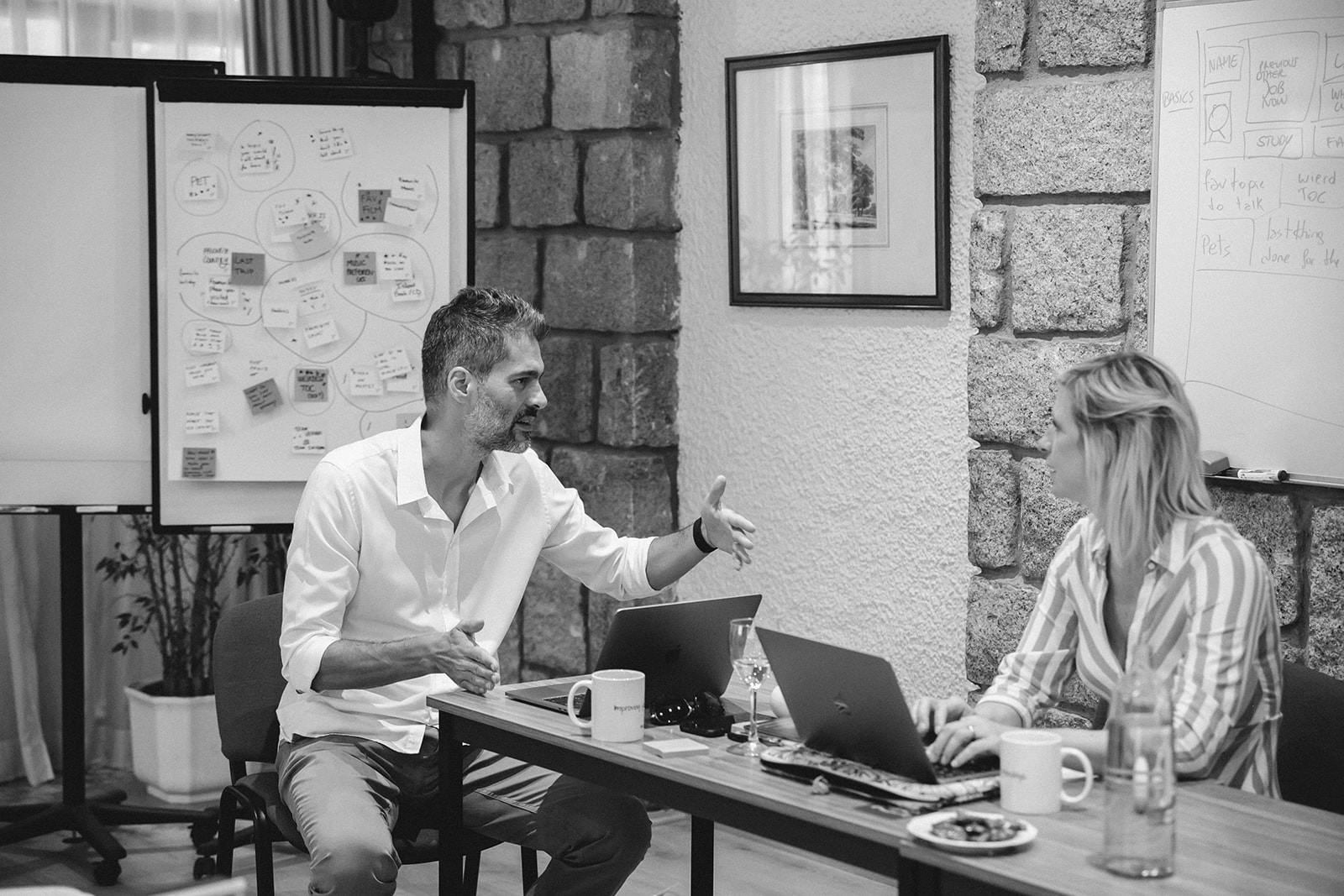Change management case study: How an IT team made change stick

Katrien Van Schelvergem
08 Oct, 2024
scrum mastery
scrum mastery

Transformation and change experts often find themselves in situations where a team must adapt to new tools, processes, or ways of working. Today, I’d like to share a story about change management that may give you some ideas and techniques to try out for yourself.
Imagine an IT department implementing a new tool to support planning and progress tracking. Let’s call it the Mia tool. The project began well, with the team communicating the benefits and reasons for the tool’s introduction, even organizing training sessions. Initially, the rollout went smoothly. But within a couple of weeks, the tool owner noticed something alarming—the usage of Mia was rapidly declining.
The agile coaches stepped in and asked the Scrum Master to revisit the original "why" behind the tool with the team, encouraging them to come up with creative ways to stay motivated. The team responded with a mix of punishment and reward systems to trigger tool usage. And while this helped for a while, the enthusiasm didn’t last. Frustration grew, and some began wondering if the team was intentionally avoiding the tool. But this wasn’t the case.
The agile coaches decided to turn to the real experts—the users themselves. They organized workshops to dive deeper into the issue.
The power of routine and workshops
In the workshops, the team explored their existing routines for planning and progress tracking. They were asked to think about their typical day, the way they performed tasks without even thinking about them—like driving a car or following a morning routine. How did Mia fit into these automatic routines?
The second workshop focused on the barriers to making the Mia tool part of their routine. The team discussed several key areas:
- Was time an issue?
- Was there something about the tool itself that was challenging?
- Was the problem more mental, related to how they viewed the tool?
After identifying these challenges, the team prioritized them based on their impact and the difficulty of addressing them. Armed with this list, they began tackling one issue at a time, just like a Scrum team would.
Three key areas of focus
Over a three-month change management process, a wide range of actions were taken, each addressing a different challenge:
- Motivation: The team analyzed the perception that the tool was time-consuming and measured how long tasks actually took. They also introduced a "buddy program," where everyone had someone to turn to for support and motivation.
- Ability: They created user-friendly tutorials and made sure the team had the knowledge and skills to use the tool effectively.
- Environment: They focused on both the digital and social environments. On the digital side, they introduced a mobile app to make the tool more accessible and added user-friendly features. On the social side, they scheduled team sessions where everyone would update the tool together, blocking that time in the calendar to make it a habit.
Key takeaways in sustainable change management
- Communication and training aren’t enough – While starting with communication about the "why" and providing training is essential, it won’t sustain change. You need to go further.
- Listen to the people who will use the tool – Understand the routines, obstacles, and perspectives of the people who are expected to change. Discuss what it will take to incorporate the new behavior into their daily habits.
- Focus on three elements for habit creation – For change to stick, you need to address three critical areas: motivation, ability, and the environment that supports the new behavior.
I hope this story inspires you to think about how you can drive sustainable change within your own teams. Give some of these techniques a try, and remember: change is a journey, not just a rollout. Join our Certified Scrum Master (CSM) training and gain the tools and insights to drive sustainable change within your teams.